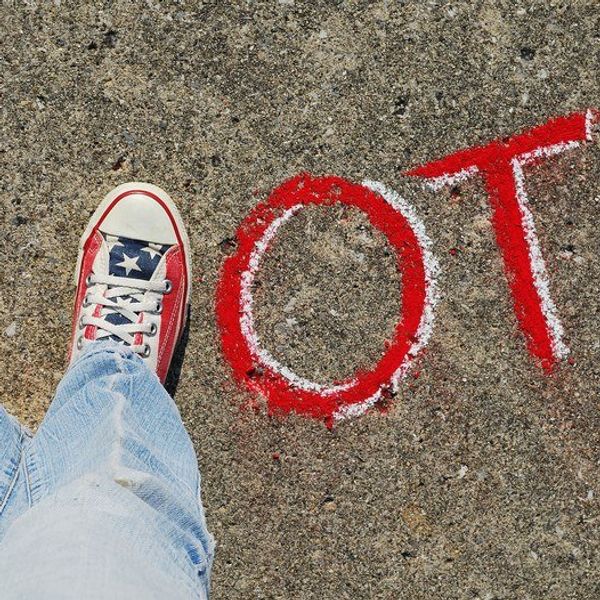This election cycle has been nothing like previous elections. It has left a lot of people scratching their heads about why someone could a specific candidate. The answer many people offer is about people’s intelligence, morals or personality, but I offer a specific reason to find out why people vote for whom they vote for and that is the nearest neighbor.
In data science, one of the most used methods for classification of unknown points is solved through the nearest neighbor problem. In these problems, a certain number of points are collected, and the most common classification is used to classify the unknown point, but today we are going to look at how this could be useful in a presidential election. If you were to use this method, first you take the candidates and plot them on a 3-D, grid-based on their view on social issues, fiscal policy and world issues or military intervention. With democratic or socialist policies trending one direction, and Republican or Libertarian trending in the other direction. Then in an election, the two candidates assume their position on the XYZ axis. Then each voter will go towards the president who is the nearest to their own position on these issues. In our true system, it would be much more highly dimensional for each issue in a political system, but for the purposes of education, I’ll keep it as two. As either candidate trends to the left or right, they lose a greater number of people in the center, and those people move to the other candidate in a two-party election. If both candidates trend away it leaves an opening for a possible third candidate to come in and attract those voters.
When it comes to the situation of what party you identify with, that is more complex -- that is a nearest neighbor’s problem. In this when you get old enough to care about issues, you compare your views to the existing voters, and then you mentally select a number of them and assign yourself the same class as the ones you most agree with. Each person may update their views, causing parties views to shift. This will keep the views of the parties fluid and able to absorb new voters. It also reduces the ability of new parties from forming in a US system and gaining traction. The movement of views of individuals can result in two divergent clusters, which can result in a party split similar to the current schism within the Republican Party.
If this is true, then you could use polling to accurately map the beliefs of a specific state or country. Then you could use the clusters to give them the most representative candidate for different people or you could use it to make one candidate the most electable, or for fun you could so who would win an election between Batman and Walter Mondale.
I hope you enjoyed this article, and maybe even learned something. Feel free to share with your friends on the social media. If you want to read more of my other content you can here or follow me on twitter. Please stop by next week for more articles on news, economics and international affairs only available at Odyssey.





















